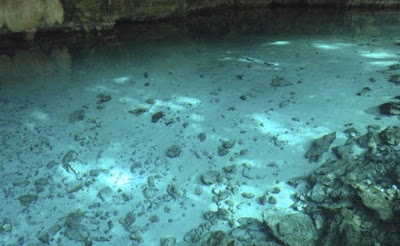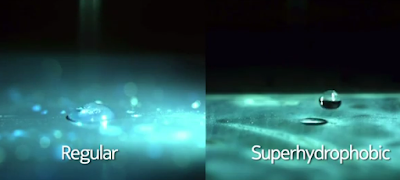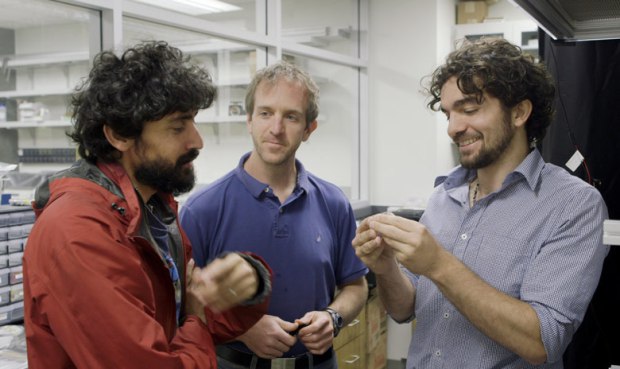An atom thick, world’s thinnest light bulb.

London - Scientists have created the world’s thinnest light bulb using the wonder material graphene in a layer just one atom thick. Graphene, a form of carbon, has been hailed as having a vast range of uses. The super-thin material’s ability to shine light is seen as a key step towards slimmer computer and TV screens. The light bulb was made by attaching a small strip of “atomically thin” graphene, acting as a filament, to metal electrodes. When a current was passed through it, the graphene lit up. The filament, despite being tiny, is visible to the naked eye when it is on. The graphene reaches very high temperatures – 2 500C – but does not melt the electrodes because the “hot spot” is restricted to the centre of the filament. James Hone, professor of mechanical engineering at Columbia University in New York, said: “We’ve created what is essentially the world’s thinnest light bulb.” He said the light “will pave the way towards the realisation of atomically t






